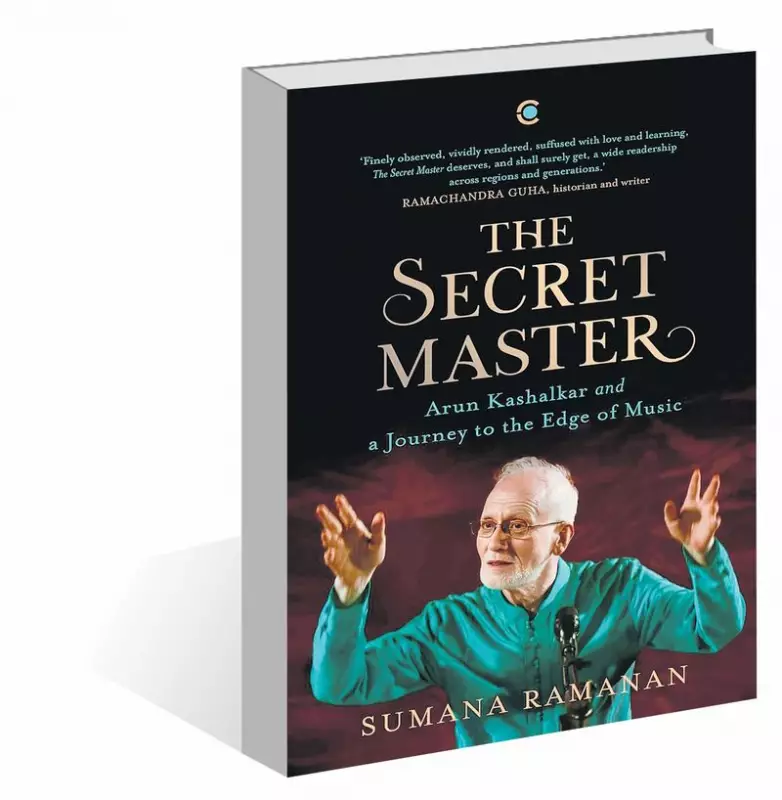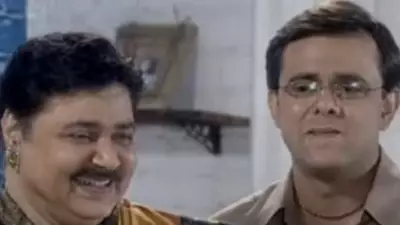
In a remarkable literary tribute that bridges generations, Sumana Ramanan's "The Secret Master: Arun Kashalkar and a Journey to the Edge of Music" unveils the profound legacy of one of India's most revered yet understated musical masters. This compelling narrative goes beyond conventional biography to explore the very essence of musical transmission from guru to shishya.
The Silent Revolutionary of Indian Classical Music
Arun Kashalkar emerges from these pages not merely as a vocalist but as a transformative force in Hindustani classical music. Ramanan, his former student, paints an intimate portrait of a master who redefined musical pedagogy through his unique approach to voice training and raga interpretation. The book reveals how Kashalkar's teaching methods challenged traditional boundaries while remaining deeply rooted in classical traditions.
A Student's Perspective: Beyond the Classroom
What makes this account particularly compelling is the author's dual perspective as both disciple and chronicler. Ramanan shares personal anecdotes that illuminate Kashalkar's teaching philosophy—one that emphasized not just technical perfection but emotional depth and spiritual connection to music. These insights provide readers with unprecedented access to the guru-shishya parampara's inner workings.
The Art of Musical Transmission
The book meticulously documents Kashalkar's innovative techniques for voice cultivation and his distinctive approach to khayal gayaki. Through detailed analysis of his musical philosophy, Ramanan demonstrates how her guru developed a systematic method for understanding ragas that made complex concepts accessible to students at all levels.
Preserving a Musical Legacy
More than just a biography, this work serves as an important archival document, capturing the nuances of a musical tradition that might otherwise be lost. Ramanan's writing preserves not only Kashalkar's teachings but also the cultural context in which he operated, offering valuable insights into the evolution of Indian classical music in the late 20th century.
The narrative skillfully balances personal memoir with scholarly analysis, making it accessible to both music connoisseurs and general readers interested in Indian cultural traditions. Through her deeply researched and lovingly crafted account, Ramanan ensures that Kashalkar's contributions to Indian classical music receive the recognition they truly deserve.
This book stands as a testament to the enduring power of the guru-shishya relationship and its crucial role in preserving and advancing India's rich musical heritage for future generations.





